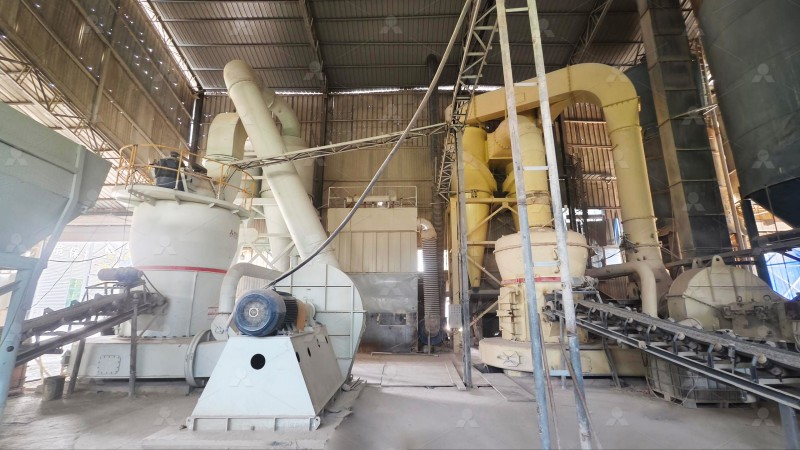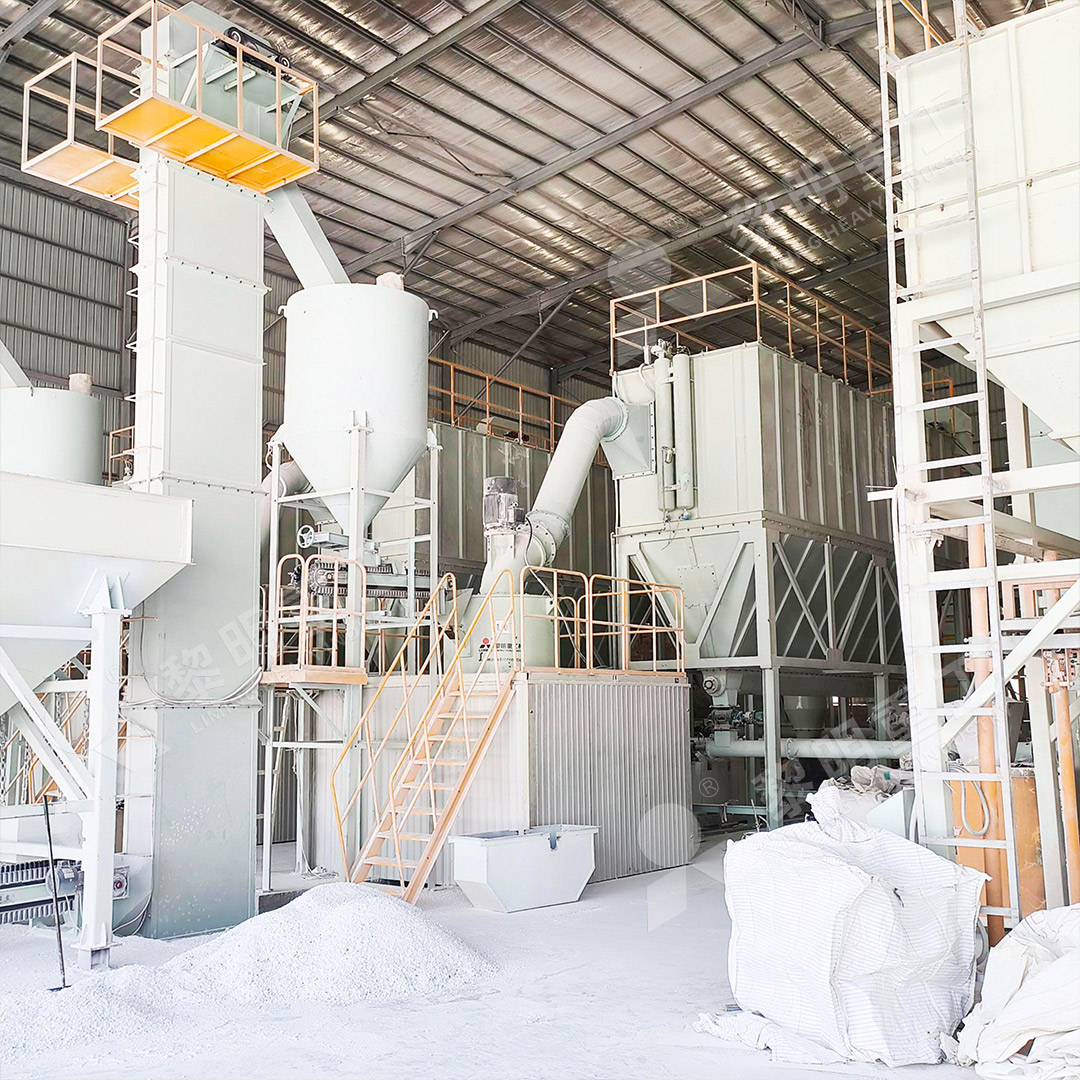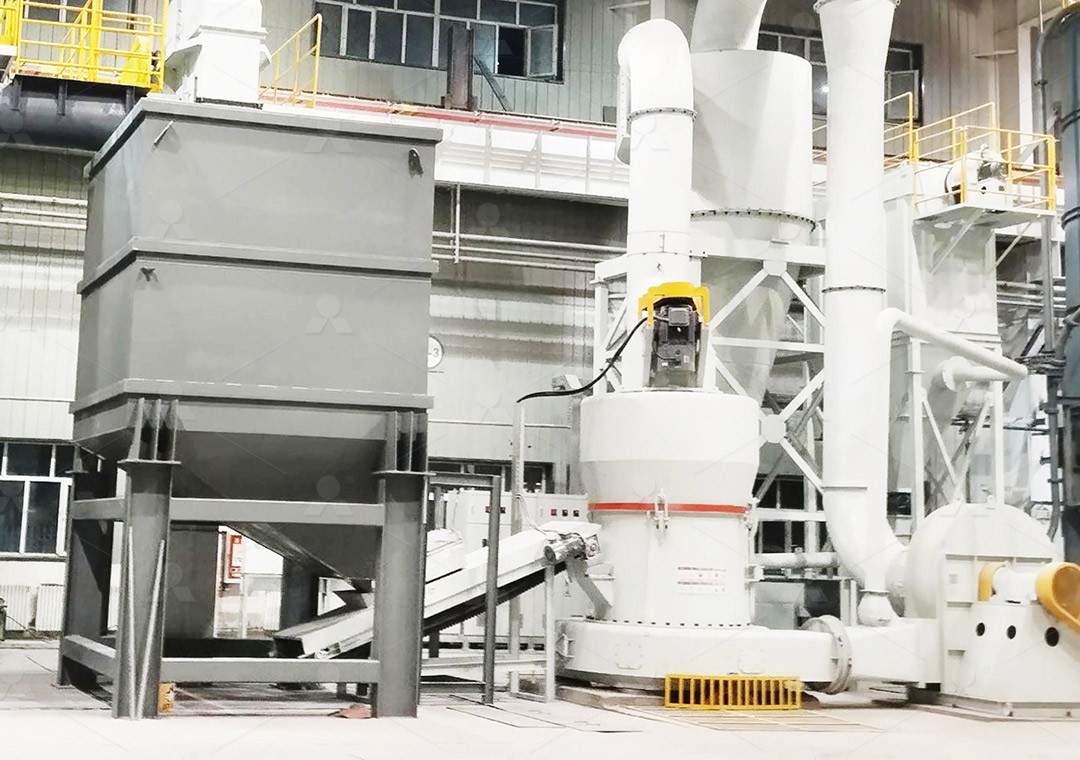How Much Does a 6R Raymond Mill Cost?
How Much Does a 6R Raymond Mill Cost?
As a project manager or procurement specialist in the mining and mineral processing industry, this is one of the most common questions we encounter. The straightforward answer is: it depends. The price of a 6R Raymond Mill isn’t a single number on a sticker; it’s a variable figure influenced by configuration, auxiliary equipment, and technological enhancements.
A traditional 6R Raymond Mill, designed for grinding various non-flammable and non-explosive materials with Mohs hardness below 7 and humidity under 6%, is a workhorse. However, the initial purchase price is just one part of the Total Cost of Ownership (TCO). You must also factor in long-term operational costs, including energy consumption, wear part replacement frequency, maintenance downtime, and environmental compliance.

Key Factors Influencing the Final Price
Several critical elements will determine your final investment:
- Configuration & Customization: Does the quoted price include the jaw crusher, elevator, vibrating feeder, and electrical control system? Customizations for specific materials or output fineness will add to the cost.
- Material of Wear Parts: The quality of the grinding rollers and rings significantly impacts both price and longevity. Higher-grade, wear-resistant alloys cost more upfront but drastically reduce replacement frequency and downtime.
- Technological Features: Modern iterations may include advanced pulse dust collectors, automated control systems, and efficient powder separators, all contributing to a higher initial cost but lower operating expenses.
- Supplier & After-Sales Service: Established manufacturers with a proven track record and a comprehensive supply of genuine spare parts often command a premium, which is justified by reliable performance and worry-free operation.
Beyond the 6R: Considering Modern, High-Efficiency Alternatives
While the 6R Raymond Mill is a proven solution, technological evolution has introduced grinding mills that offer superior efficiency, lower energy consumption, and finer output. For operations focused on ultra-fine powders or maximizing output per kilowatt-hour, it’s prudent to evaluate newer designs.
For instance, our MW Ultrafine Grinding Mill represents a significant leap forward. Engineered for customers requiring ultra-fine powder between 325-2500 meshes, it boasts a production capacity 40% higher than jet mills and double that of ball mills, while consuming only 30% of the energy of a jet mill. Its innovative design, featuring a cage-type powder selector and the absence of rolling bearings in the grinding chamber, ensures higher precision, easier maintenance, and 24-hour continuous operation. For projects where fineness and energy efficiency are paramount, the MW series provides a compelling, cost-effective long-term solution.

Similarly, the LUM Ultrafine Vertical Grinding Mill integrates ultrafine powder grinding, grading, and transporting into a single, compact unit. With its advanced grinding roller technology and multi-head powder separating system, it reduces energy consumption by 30%-50% compared to ordinary mills. Its reversible structure allows for easy maintenance, minimizing shutdown losses. This mill is an excellent choice for producing superfine dry powder of non-metal ores with exceptional whiteness and cleanliness.
Making an Informed Investment
Therefore, the question of cost should be reframed. Instead of asking “How much does a 6R Raymond Mill cost?”, a more strategic question is: “What is the most cost-effective grinding solution for my specific material, desired output, and production goals over the next 5-10 years?”
We recommend consulting directly with our technical sales team. By providing details about your raw material, required fineness, and capacity needs, we can provide a detailed quotation and a comparative analysis of different mill models, helping you make an investment that optimizes both performance and profitability.

Frequently Asked Questions (FAQ)
What is the typical capacity range of a 6R Raymond Mill?
The capacity can vary based on material and fineness, but it generally ranges from approximately 4 to 12 tons per hour.
Does the quoted price usually include installation and commissioning?
This varies by supplier. Our quotations are typically for the equipment and key auxiliaries. Installation and commissioning services are available as a separate, value-added package to ensure optimal setup and performance.
How does the MW Ultrafine Grinding Mill achieve lower energy consumption?
The MW Mill utilizes newly designed grinding curves for its roller and ring, which significantly enhance grinding efficiency. Furthermore, its advanced cage-type powder selector requires less power for classification compared to traditional systems.
What is the main advantage of a vertical grinding mill like the LUM series?
The primary advantages are a smaller footprint, integrated drying and grinding, and significantly lower energy consumption due to its efficient grinding principle and multi-head powder separating technology.
Do you provide original spare parts and technical support?
Yes. As a manufacturer, we guarantee a sufficient supply of original spare parts and offer comprehensive technical support to ensure the worry-free operation of every machine we produce.
